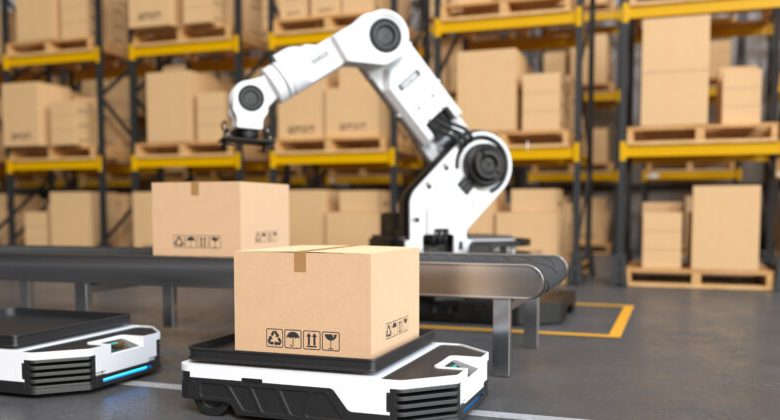Amazon Robots Near Human Workforce Levels in Warehouses

Amazon is nearing a major milestone: employing as many robots in its warehouses as human workers. According to The Wall Street Journal, the company has deployed over 1 million robots, including robotic arms, shelf-pickers, and mobile droids. Robotics now assist with 75% of Amazon’s global deliveries.
The company employs about 1.56 million people, most in warehouses. However, in 2023, the average number of employees per facility fell to 670—the lowest in 16 years. CEO Andy Jassy has indicated that staffing reductions will continue as automation and AI expand.
Much of Amazon’s workforce is concentrated in lower-paid warehouse roles. Labor policy groups report that a significant share of these frontline employees earn about $38,000 annually for full-time work, according to Amazon’s 2021 proxy filing.
Meanwhile, corporate and tech roles remain significantly higher paid, averaging $125,000 to $150,000 annually, not including stock compensation. These positions are often held by employees with specialized technical or educational backgrounds.
Amazon’s warehouse operations have been central to unionization efforts, with workers raising concerns about pay, automation, scheduling, and safety. Several fulfillment centers have been the focus of labor organizing campaigns.
Amazon has emphasized that its robotic systems are designed to augment—not replace—human workers, handling physically demanding tasks like lifting, sorting, and stowing. Still, internal documents suggest a broader goal of “flattening the hiring curve” over the next decade. The company has also rolled out advanced AI-powered systems such as Vulcan, a robot capable of operating up to 20 hours a day, and DeepFleet, which has already improved warehouse traffic efficiency by 10 percent. While automation expands, Amazon reports it has upskilled over 700,000 employees since 2019 for roles in robotics and maintenance, with new facilities requiring up to 30% more technical roles than traditional ones.
Amazon declined to comment on workforce composition or its automation plans.




